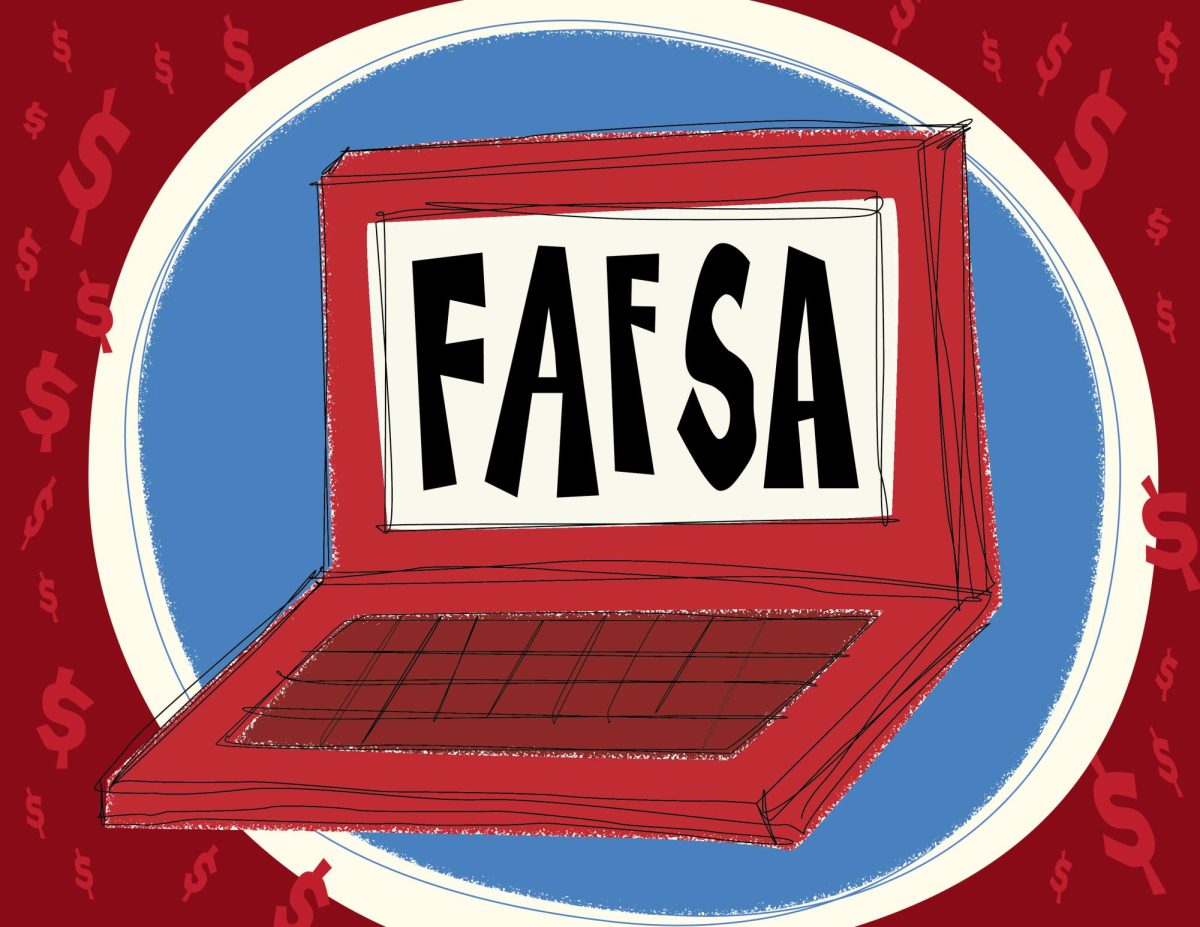The long wait is over for the updated financial aid form, FAFSA, a federal program meant to simplify applying for college and need-based aid. The form becomes available this October and will determine students’ financial aid for the next school year. These form changes determine who qualifies for financial aid and how much they will receive.
With the new form, families will no longer have access to the sibling discount for the 2024-2025 school year. As a result, this change will increase college tuition costs for some families by thousands of dollars each year, unfairly adding financial burdens.
What The Sibling Discount Is
In past years, FAFSA viewed students as individuals when determining the amount of financial aid they would receive toward their tuition. With the new changes, the expected family contribution — which will be renamed the Student Aid Index (SAI) — will be divided by the number of college students in the family. If the SAI was $10,000 for one student, the expected aid would be $5,000 per student for families with two children attending college.
Since college education typically requires long-term savings, many individuals struggle to cover costs solely from their current income. As a result, the change was implemented to address this financial constraint and provide alternative options for funding education. They concluded that giving a break to families with twins or children close in age, but not to families with children spaced further apart, is unfair.
How This Hurts Families
Although the lowest-income students won’t necessarily feel the impact, students from families with incomes between $60,000 and $100,000 will experience a significant reduction in Pell Grants. Students with siblings in college will face an even greater impact. Emma Snyder, a nursing major at the University of Utah explained that, “As a twin, it [FAFSA form change] makes it a lot more difficult to receive enough financial aid for college.”
This new form will go into effect with minimal warning to students and parents. Immediately flipping a switch gives families little to no time to compensate for a potentially larger tuition cost. Depending on the institution, some colleges may be able to adjust financial aid to compensate for the loss of federal aid. But overall, the amount that students can receive could face a decrease by thousands of dollars.
What Do College Students Think?
There are countless situations where students are held accountable for their parents’ financial decisions. Some middle-class families don’t have the savings to pay for college but have too high of an income to qualify for substantial federal aid. Students shouldn’t be punished for their family’s inability to save for college. In many instances, it’s completely out of their control.
Without receiving as much financial aid, Snyder said, “I am going to have to put in a lot more effort to receive scholarships or work more to pay off that tuition, which does make it a lot harder for me to focus more on my studies.”
Many families wrongly believe students can fully pay for college with just a few scholarships. While aid programs can be helpful, they don’t provide enough aid to get through college.
What Can We Do?
From 2000 to 2020, the average cost of out-of-state tuition and fees rose by 69%, going from an average of $8,000 a semester to over $13,000 a semester. It seems almost impossible to save a correct amount for college when the tuition inflation averaged 12% annually from 2010 to 2022. We must provide more awareness on how expensive college is for parents to have the right resources to correctly save money for college.
It’s crucial for college students to actively apply for FAFSA each year. Regardless of a family’s income, you never know what kind of financial aid opportunities you might be eligible for. FAFSA opens unique pathways for students who complete the form. One opportunity is applying for a work-study program, which can greatly assist students in covering their tuition expenses and daily needs as a college student. By participating in a work-study, students gain valuable work experience and earn an income that can be used toward their education.
Although FAFSA has made it harder for students to afford college, be sure to not miss out on the benefits of federal aid. Explore the various opportunities that are available to support your college experience.





Amy • Sep 27, 2023 at 8:53 am
The new Fafsa actually doesn’t open until December! The gvt hasn’t given an exact date